NEMSM Board of Directors Announced
In October 2022, The National EMS Museum Board of Directors made a progressive and far-reaching decision to re-image the function and direction of the Museum and its Board of Directors. At that time, the Board decided to announce an initiative to reach out to more communities to recruit a diverse and interested group of leaders that could aggressively move the Museum forward through new strategic initiatives. After an extensive search and interview process conducted by an independent review panel, The National EMS Museum is pleased to announce the new members of The National EMS Museum Board of Directors with skills in EMS, museum management, fundraising and sponsorship development:
Larry J. Appel, M.B.A., EMT joins the NEMSM Board of Directors with 45 years of experience in EMS as an EMT. His experiences include non-profit director, business owner, manager of several Maryland-based commercial ambulance services, paid 911 EMS provider, V.P. of Ambulance Sales for FR Conversions, and currently the EMS Business Development Manager for Bioquell (An Ecolab Solution).
Fred Claridge is retired and living in North Carolina after a 41-year career in EMS and emergency management. He served as a field provider, EMS instructor, and administrator, including directing one of the largest EMS systems in the country, as well as service as an emergency planner. Additionally, Fred has served as the inaugural editor of the EMS Historian: The Journal of The National EMS Museum.
Fred is serving at the National EMS Museum Vice President, 2023-2025
Elyssa Gonzales is a Master of Arts candidate at Johns Hopkins University for Museum Studies and Nonprofit Management with an additional focus on understanding museum operations and the continuing value to their communities. Her interests lay in supporting the building and/or restructuring museums from the ground up and to help museums find their unique way of supporting their communities.
J. Sam Hurley, MPH, EMPS, NRP currently serves as the Director of Maine’s Bureau of Emergency Medical Services. Sam began his career in EMS in North Carolina at a small rural volunteer fire department and subsequently continued his involvement with EMS throughout his undergraduate studies at the University of North Carolina at Chapel Hill and graduate school at Emory University, where he worked for Grady Health System in downtown Atlanta.
Cindy Kessler holds a Bachelors of Science in Design and has worked in various positions with museums, aquariums, and nonprofit organizations for the better part of three decades. Outside of her nonprofit work, Cindy is an avid singer, having performed at Carnegie Hall and The Kennedy Center. She is also a writer and artist, and enjoys directing youth theater performances in her spare time.
Cindy is serving at the National EMS Museum Secretary, 2023
Christopher Montera has more than 34 years of experience in Paramedic Services, Public Health, and the Fire Service. He is the Director of State and Federal Programs for ESO and the former Chief Executive Officer at Eagle County Health Service District and holds a Master’s in Health Leadership.
Chris is serving at the National EMS Museum Treasurer, 2023
Gary M. Schindele has been an EMT for 47 years and is a leading subject matter expert in the field of emergency preparedness design and implementation and serves as a member of the Central Florida Disaster Medical Coalition. Gary also volunteers as the Public Affairs Officer for the United States Naval Sea Cadet Corps youth program. Gary is also the President and Owner of Paladin Healthcare LLC which manufactures the original Fairfield Equipment Rail, once the standard for Equipment Management in most ambulances back in the late 70’s and 80’s.
Dave Zaiman has been in and around EMS for over 30 years. He spent 15 years working in the field as an EMT, EMD, and Paramedic. Dave finished his career at Hennepin County Medical Center in Minneapolis MN. Since then, Dave has held several leadership roles in the healthcare technology industry. Dave currently serves as Pulsara’s VP Sales – Midwest.
Dave is serving at the National EMS Museum President, 2023-2025
Alan DeYoung is the current Executive Director of the Wisconsin EMS Association with a passion for strategic development and business marketing. Alan will serve as an Ex-Officio member of the Board of Directors as the Immediate Past President, 2023-2025.
The Board of Directors will continue to be supported by Kristy Van Hoven (Museum Director), Tom Scott (Accounting), and the incredible volunteers of this organization. We invite anyone interested in volunteering to reach out to the Board of Directors at board@emsmuseum. org or Kristy at director@emsmuseum. org.
The National EMS Museum is a volunteer-led organization that collects, preserves, and shares the history of emergency medical response in the United States to celebrate the contributions of providers across the country and inspire future professionals to take up the call. To learn more about The National EMS Museum, please visit emsmuseum.org.

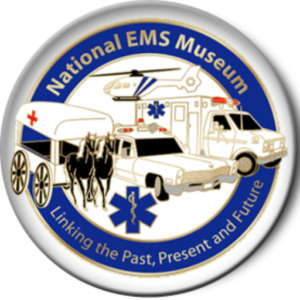
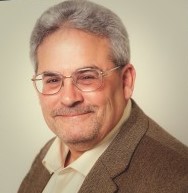




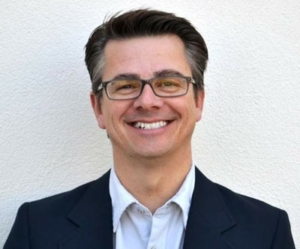
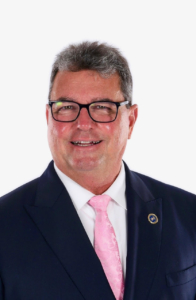

















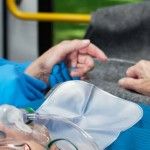
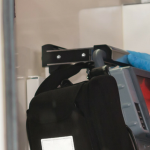



 Niagara Falls USA Convention Center
Niagara Falls USA Convention Center

